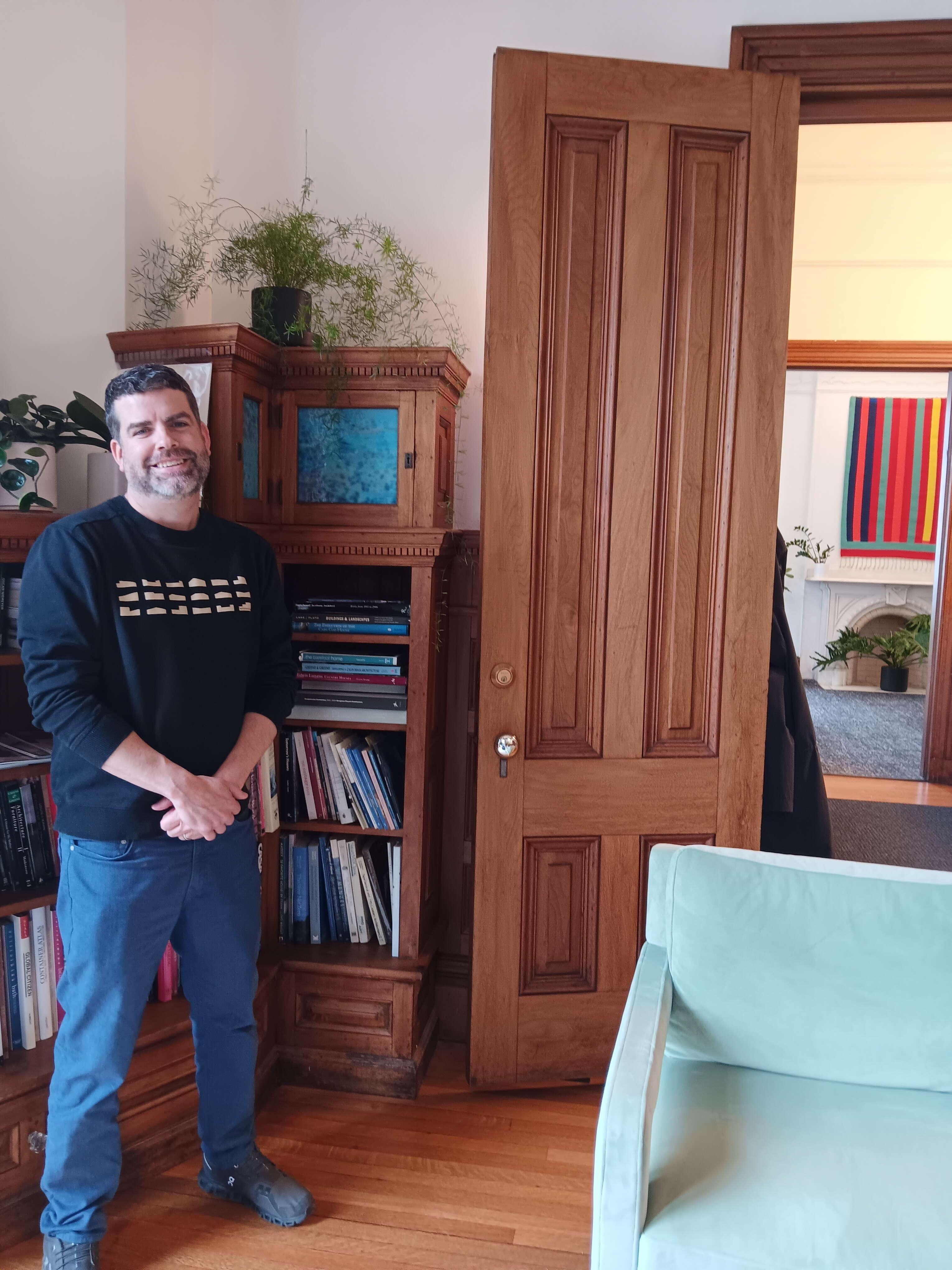
Processing Your Payment
Please do not leave this page until complete. This can take a few moments.
- News
-
Editions
View Digital Editions
Biweekly Issues
- December 1, 2025
- Nov. 17, 2025
- November 03, 2025
- October 20, 2025
- October 6, 2025
- September 22, 2025
- + More
Special Editions
- Lists
- Viewpoints
-
Our Events
Event Info
Award Honorees
- Calendar
- Biz Marketplace
Rehab to Portland's historic Safford House is an award-winning renovation
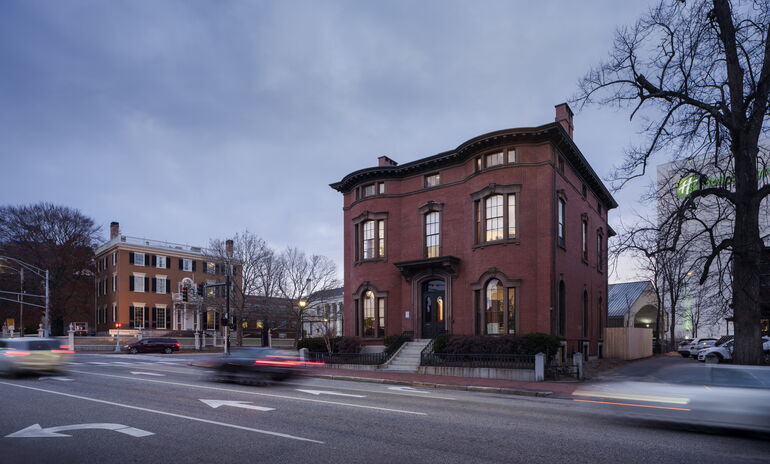 PHOTO / TRENT BELL
The historic Safford House mansion sits on the corner of Spring and High Streets in Portland, across from the McLellan-Sweat House.
PHOTO / TRENT BELL
The historic Safford House mansion sits on the corner of Spring and High Streets in Portland, across from the McLellan-Sweat House.
The architects and builders at Portland-based Woodhull won two AIA Maine design awards this year, for one of its many residential projects and, most notably, for the impressive renovation of the stately Italianate mansion at 93 High St. in Portland, known as the Safford House, that has been repurposed as the firm’s new headquarters.
AIA jurors for the Citation Award noted, “Not only did this adaptive reuse project painstakingly restore existing elements, the newly added details, glass partitions, lighting, kitchen cabinets, and bathroom finishes, tastefully respect the original character of the building. The architect also managed to accommodate quite the number of workstations without significantly altering the flow.”
Mainebiz was treated to a tour earlier this week by Woodhull partner and principal architect Patrick Boothe.

In our opinion, the project could also win an award for coolest office building.
Boothe said the renovation took 16 to 18 months, the design process another six, and finding the property took him and partner Caleb Johnson nearly two years.
The now 91-member firm had outgrown its leased space on Portland’s Exchange Street, largely due to post-pandemic demand for projects that required the company to nearly double its staff of architects, designers, project managers and fine carpenters.
The firm offers the full range of design-build services, and operates a millwork shop at 14 Maine St. in Brunswick. Woodhull's work averages 60% residential and 40% commercial.
Boothe said: “We wanted to be on the peninsula and find a project where we could access historic tax credits and have parking.”
When Portland Landmarks put the building up for sale, Woodhull jumped on it. “When Caleb and I first walked in, we immediately saw the potential,” Boothe said.
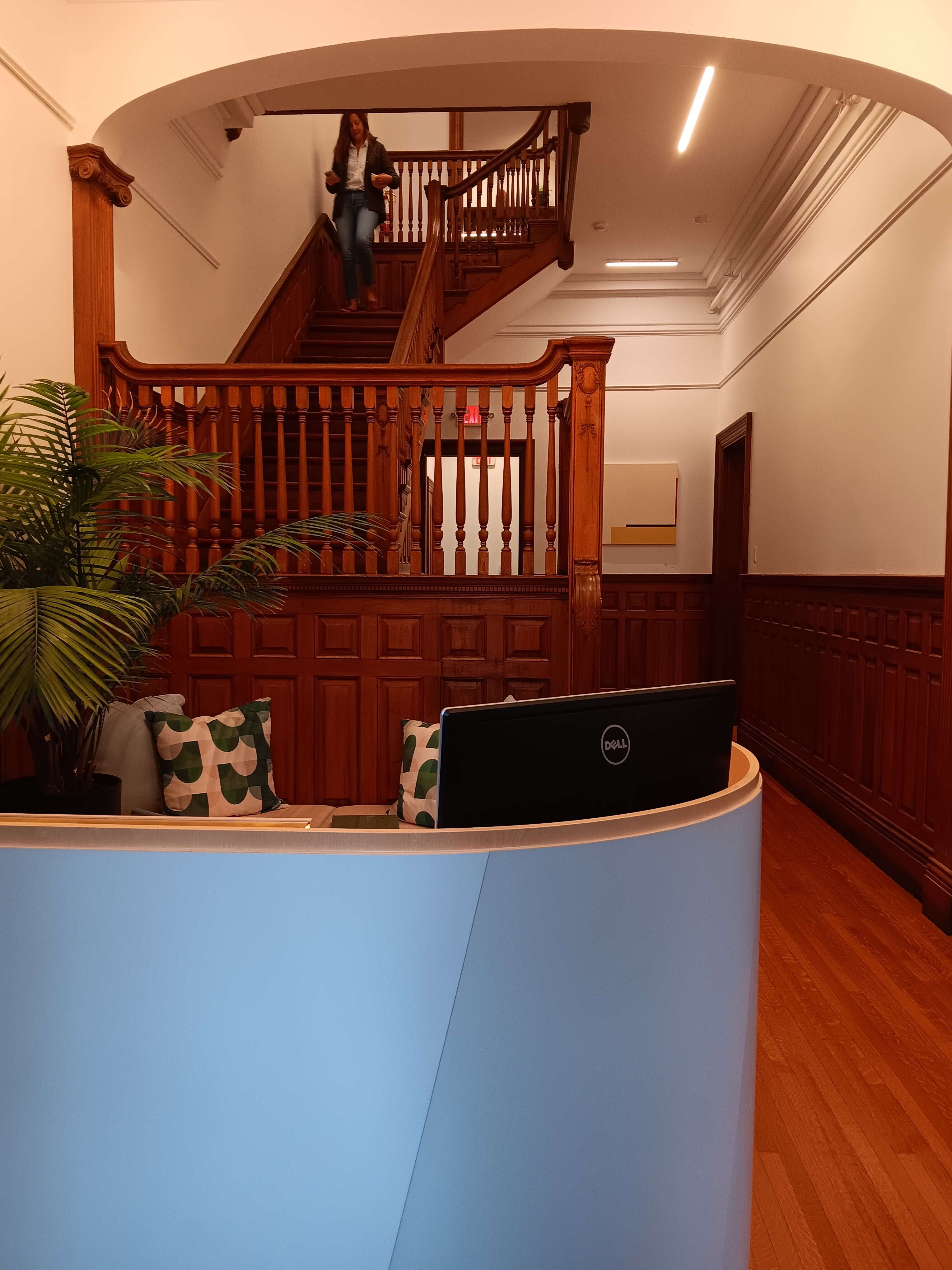
Built in 1857 as a private home for shipping merchant William Safford, the 12,300-square-foot building had over time seen many tenants, including an orphan asylum, the Portland Society of Art, a business college and a church. Portland Landmarks bought the building in 2009 for its headquarters and leased the upper floors to a mix of businesses.
Two previous purchase and sale agreements had fallen through. Woodhull bought it for $1.625 million in 2022. Construction costs totaled another $2.2 million, but historic tax credits and energy incentives provided enough offsets to make it financially manageable, and the Woodhull crew got to work.
The failure of the mechanical systems on the day of closing was an expensive surprise but not a deal breaker. It did however make early work in the winter of 2023, before the new heating system could be installed, a chilly challenge.
Partitioning on the upper floors that had been installed to accommodate separate offices was one of the first pieces of the renovation. Boothe recalls, “When we removed the wall that was blocking the large windows on the second floor and saw all the light coming in, we knew it was going to be great.”
Other walls and dropped ceilings were also removed, and the rehab included refinishing floors, and a lot of cleaning of the immense amount of ornate woodwork that lines many of the walls.
“It was mostly about undoing some of the bad decisions that had been made over the years,” Boothe told us.
“The essence of the building began to ring true. It felt like we gave the building the breath it needed.”
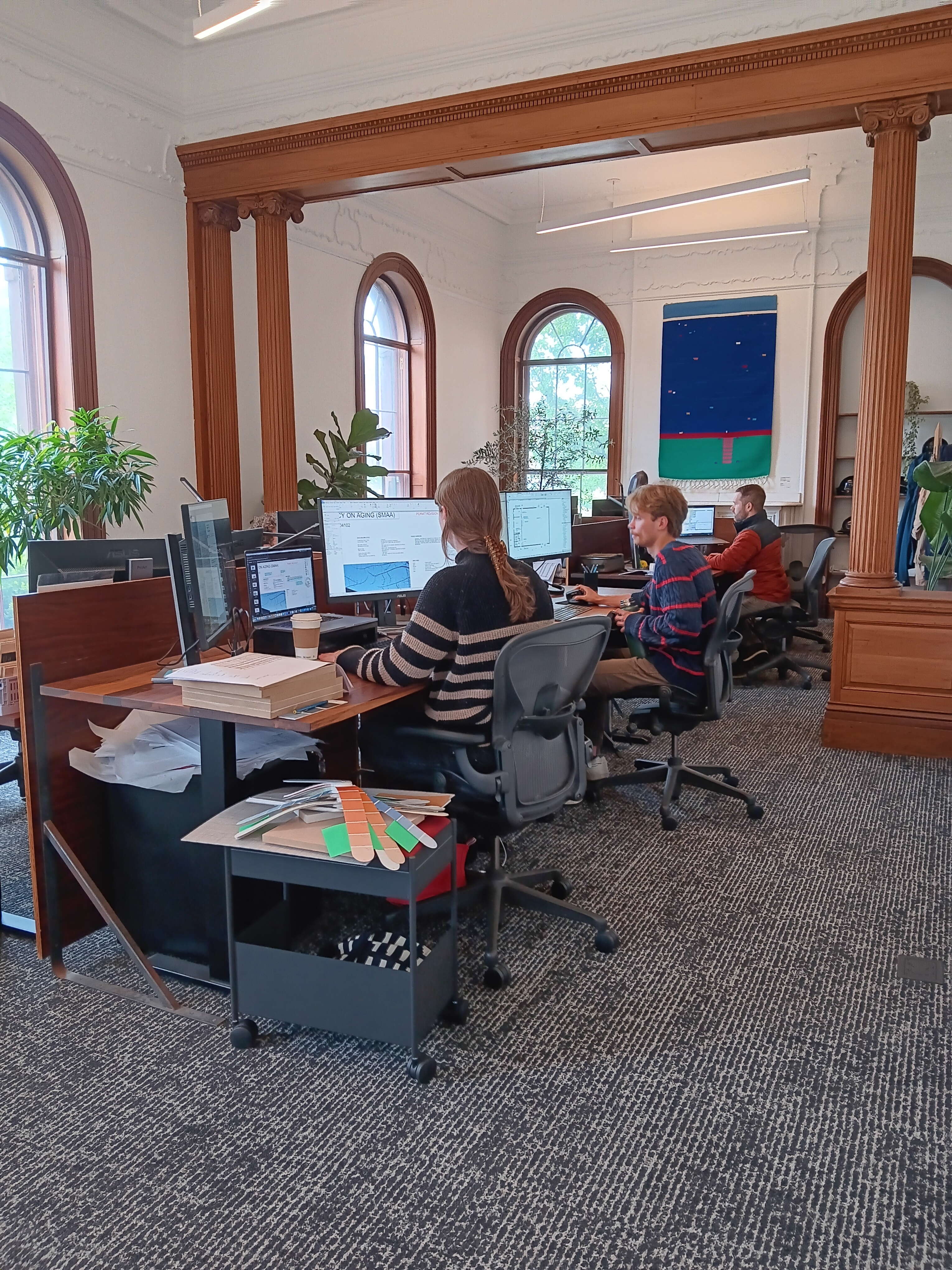
The 14-foot ceilings and tall arched windows bring in abundant light. An original oculus between the second and third floors, brings in more light, and a cupola provides broad views of the harbor, the Portland Observatory on Munjoy Hill, and a sister cupola atop the Victoria Mansion a few blocks away on Danforth Street.
The original central staircase, which the team freed of odd circa 1980s partitioning, is stunning.
Large open rooms on several floors accommodate work stations for 50 staffers and are currently filled with eclectic artwork in a wide range of mediums, as part of a temporary exhibition for Lights Out, a pop-up gallery consortium based in Norway. The show will be in the Safford House through October, and can be viewed on selected dates. (More details are on the Lights Out website.)
There are five conference rooms, including the largest in the refinished, but still period, basement and the Woodhull crew upgraded and added bathrooms, a coffee bar and a kitchen.
The building feels spacious and modernly elegant, and yet warm, due in large part to the abundant rich woodwork.
The renovation involved a list of team members too long to cite; Boothe and fellow architect Anna Pajulo led the project. Margaret Gaertner served as historical consultant.
When asked to share the rehab's biggest challenge, Boothe said, “Working with the full team of architects, who all had suggestions. And keeping to the budget so that we were finding the balance of doing something really special as designers and builders, while keeping it sustainable, and being financially prudent.”
Boothe added there was some “rough going” for the team when they first moved into the building last fall mid-renovation. Now he says, “We’re very, very happy to be here.”
Mainebiz web partners
Related Content

The Giving Guide
The Giving Guide helps nonprofits have the opportunity to showcase and differentiate their organizations so that businesses better understand how they can contribute to a nonprofit’s mission and work.
Learn More
Work for ME
Work for ME is a workforce development tool to help Maine’s employers target Maine’s emerging workforce. Work for ME highlights each industry, its impact on Maine’s economy, the jobs available to entry-level workers, the training and education needed to get a career started.
Learn More
Groundbreaking Maine
Whether you’re a developer, financer, architect, or industry enthusiast, Groundbreaking Maine is crafted to be your go-to source for valuable insights in Maine’s real estate and construction community.
Learn more-
The Giving Guide
The Giving Guide helps nonprofits have the opportunity to showcase and differentiate their organizations so that businesses better understand how they can contribute to a nonprofit’s mission and work.
-
Work for ME
Work for ME is a workforce development tool to help Maine’s employers target Maine’s emerging workforce. Work for ME highlights each industry, its impact on Maine’s economy, the jobs available to entry-level workers, the training and education needed to get a career started.
-
Groundbreaking Maine
Whether you’re a developer, financer, architect, or industry enthusiast, Groundbreaking Maine is crafted to be your go-to source for valuable insights in Maine’s real estate and construction community.
ABOUT
NEW ENGLAND BUSINESS MEDIA SITES
No articles left
Get access now
In order to use this feature, we need some information from you. You can also login or register for a free account.
By clicking submit you are agreeing to our cookie usage and Privacy Policy
Already have an account? Login
Already have an account? Login
Want to create an account? Register
Get access now
In order to use this feature, we need some information from you. You can also login or register for a free account.
By clicking submit you are agreeing to our cookie usage and Privacy Policy
Already have an account? Login
Already have an account? Login
Want to create an account? Register








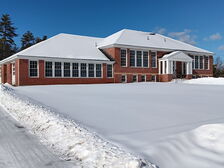

0 Comments